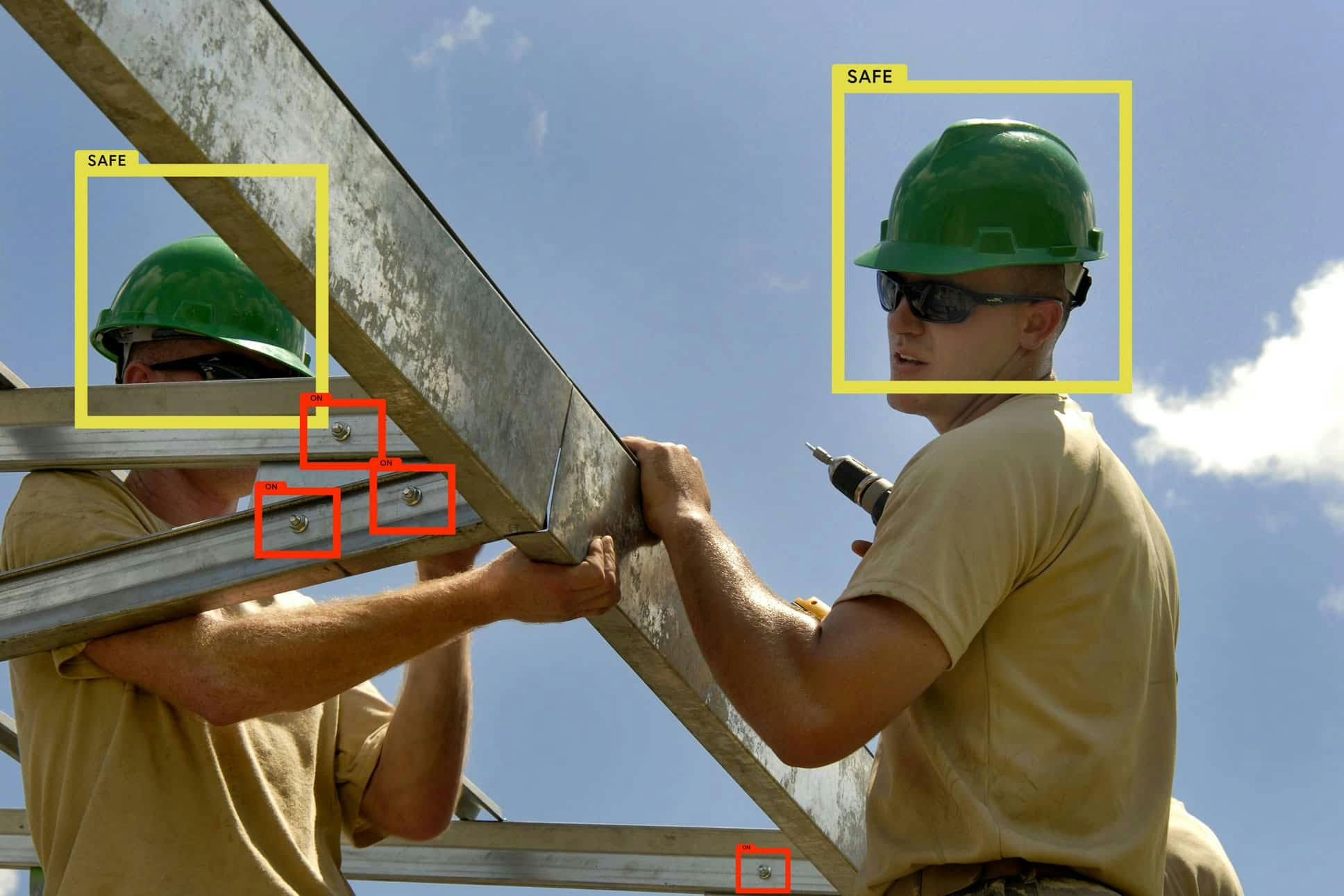First Time Right (FTR) automation is a pivotal factor in bolstering quality assurance in a world of efficiency and precision. This approach guarantees that tasks are performed correctly, reducing the need for subsequent corrections and ensuring adherence to quality standards. FTR automation leverages Computer Vision to analyze field photos for real-time feedback, predictive maintenance, AI-driven quality control, bottleneck resolution, and cost-effective operations. Let’s delve deeper to understand FTR’s integral role in enhancing the workflow and ensuring a superior product or service quality.

Enabling 100% real-time checks directly in the field
First Time Right (FTR) automation is critical in ensuring operations are done correctly on the first attempt. This immediate validation of tasks maintains a consistent standard of quality. As 100% of operations are checked in real-time, errors are promptly identified and addressed, securing uniform quality standards. For instance, technicians receive instant feedback when installing a smart meter, affirming compliance before proceeding. This approach not only builds confidence but also embeds quality at the outset. It reduces the number of field revisits and, therefore, reduces companies’ OPEX.
Suggestions actionable for real-time checks:
- Implement an immediate feedback mechanism for all operations.
- Regularly update your FTR system to keep up with evolving standards.
- Conduct real-time analyses to track the effectiveness of your checkpoints.
By automating the quality control of their field operations, companies also lower their compliance cost, as they require fewer resources to verify operations.
Equip teams with AI-driven quality control
Incorporating AI into quality control reduces the reliance on manual checks. By streamlining procedures, operation completion times accelerate. The successful use of AI in QC (Quality Control) has brought revision rates due to non-compliance down to zero. For example, field service companies now employ AI to oversee new infrastructure installations, verify compliance without manual checks, and enhance service speed and customer satisfaction.
Foster predictive Maintenance scheduling
Leveraging data from FTR systems transforms the efficiency of maintenance scheduling. The analysis of photos taken by field workers during each operation on the same asset creates a history of the physical state of the asset. As a result, the company has access to data about the health of its infrastructure and can trigger maintenance before the assets break down and require costly repair.
Access to predictive insights allows for the anticipation of potential disruptions. Through proactive maintenance, unplanned downtimes are minimized. As data patterns indicate possible issues, technicians can respond proactively, ensuring uninterrupted service and maintaining customer satisfaction.
Examine operations for bottlenecks
Identifying and resolving bottlenecks is key to improving operational quality. FTR helps pinpoint areas that require enhancement. FTR can also inform training programs, addressing common errors through direct feedback, thus targeting the root causes of quality issues.
Practical suggestions for examining operations:
- Conduct regular FTR analytics to identify slowdowns,
- Develop targeted training programs for recurrent issues flagged by FTR,
- Encourage a continuous feedback loop to foster a culture of constant improvement.
Consider this: if your FTR system reveals a recurring error at a certain assembly stage, a focused training module could be introduced to address the specific skill gap responsible for the bottleneck.
Upscale operations for higher revenues
By adopting FTR automation, companies can significantly upscale operations. The reduced feedback loop for quality control and decreased field revisits enables companies to allocate the time saved to new operations. This directly enhances their revenues and contributes to the overall scaling of their business.

First Time Right Automation represents the commitment to consistent, high-quality outcomes in an increasingly competitive landscape. Through a synthesis of real-time checks, predictive maintenance, cutting-edge AI, focused troubleshooting, and cost-effective scaling, FTR automation propels organizations toward a future where excellence is the norm. By integrating FTR principles and technology, businesses can achieve a sustainable edge, holding quality at the heart of their operations while optimizing for efficiency and cost savings.




